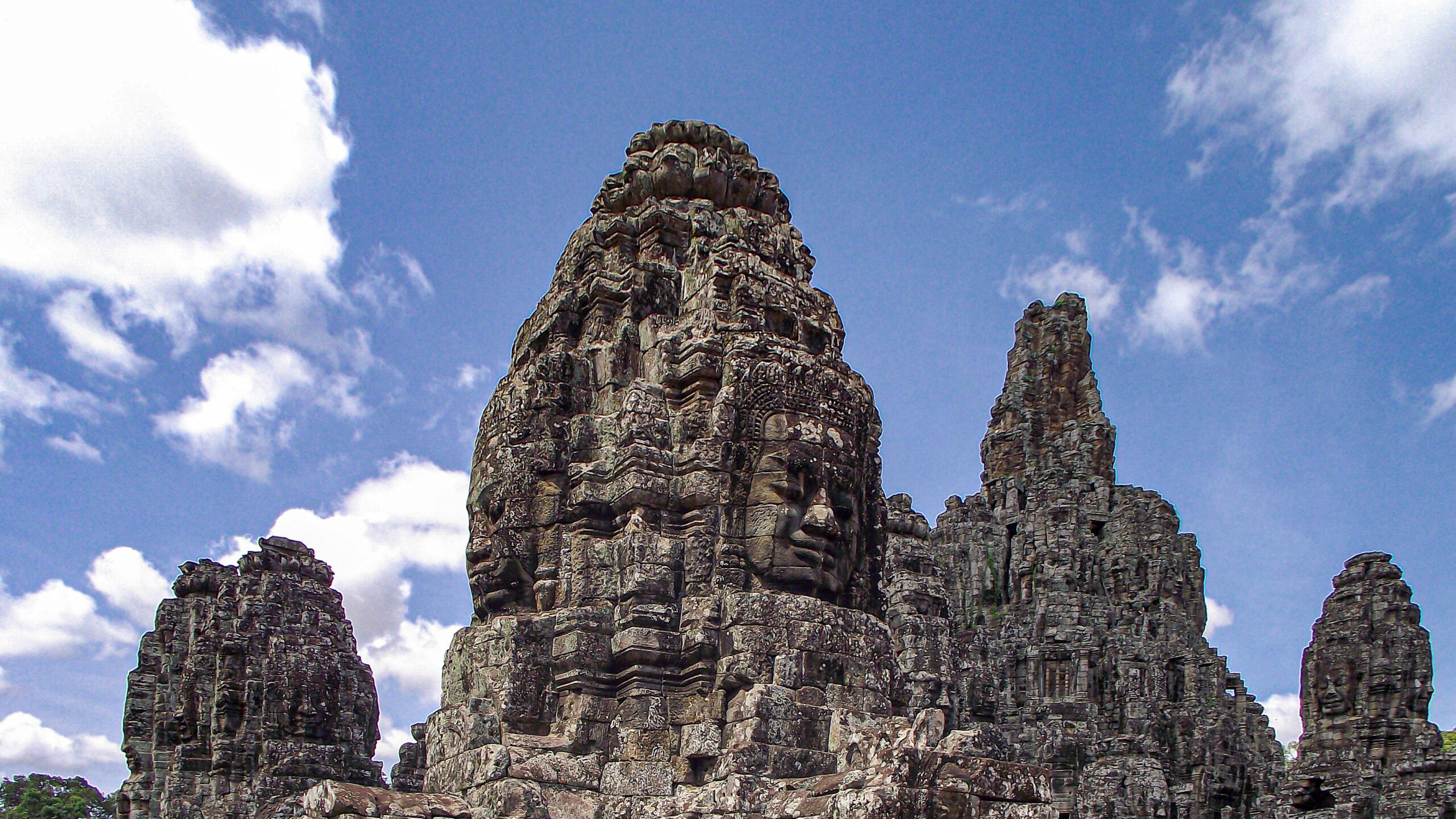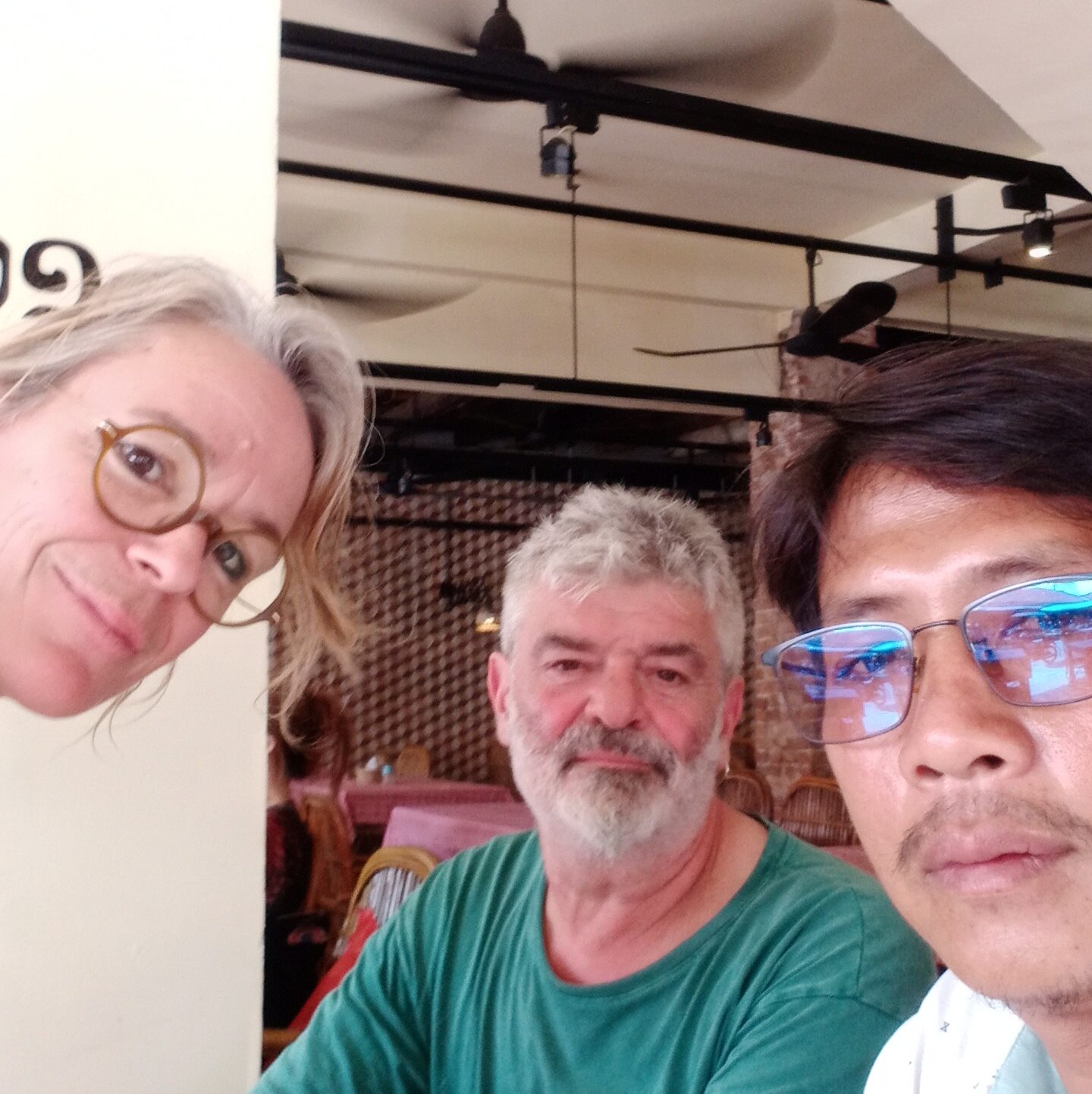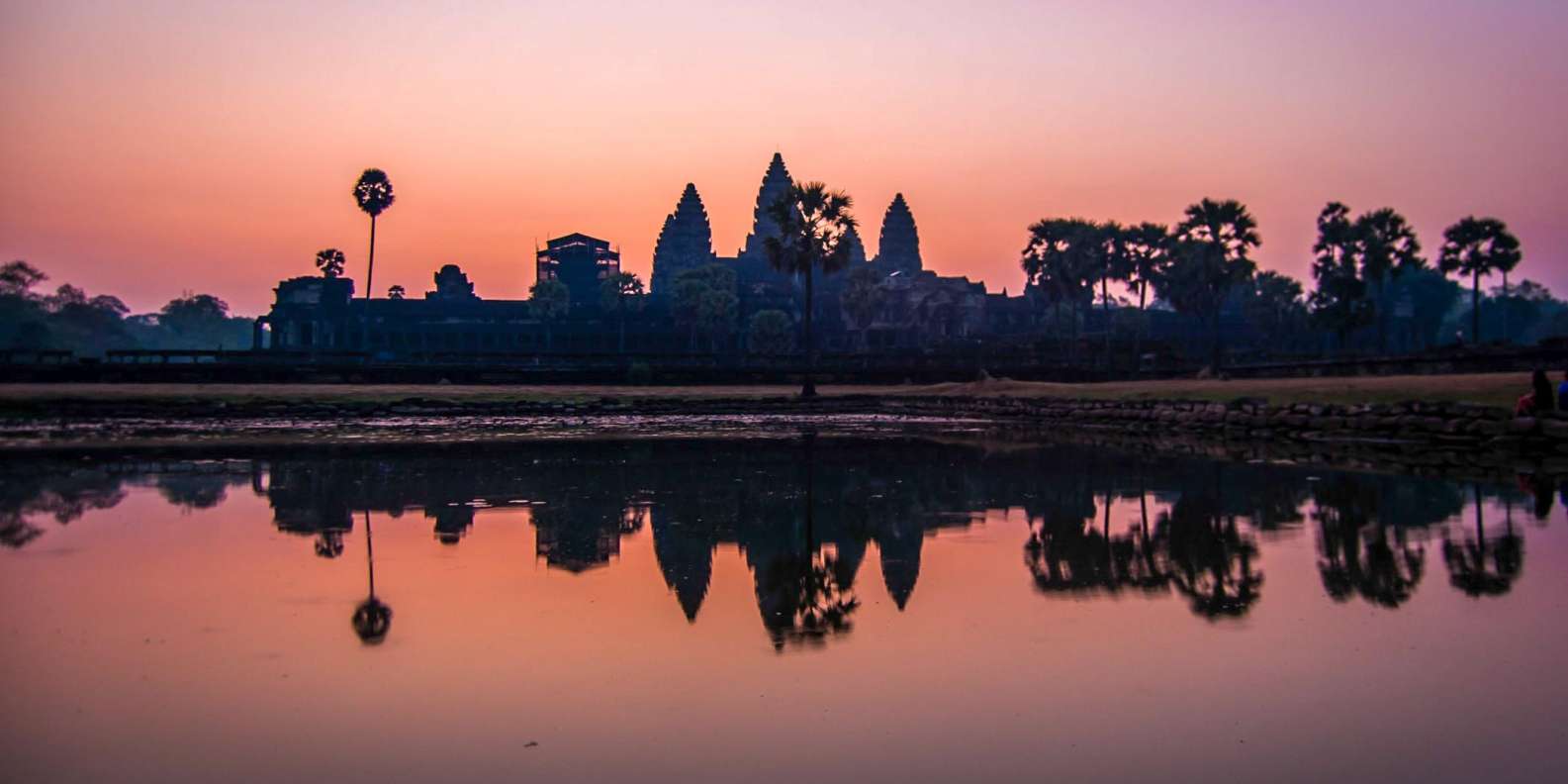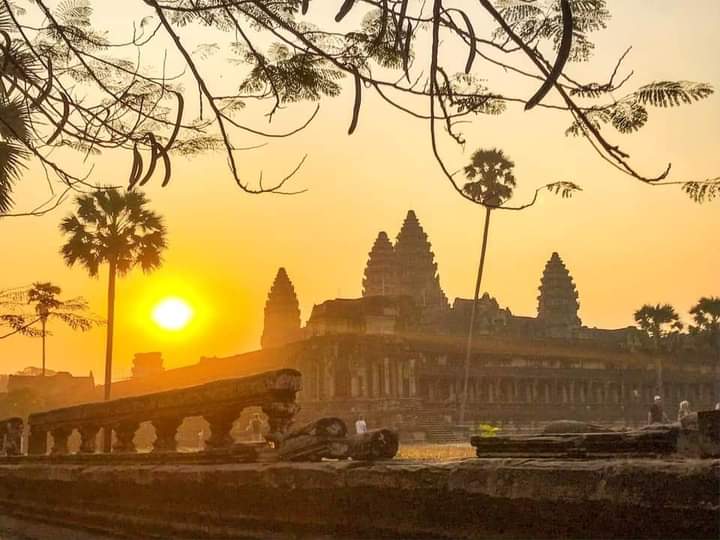Description
Bayon Temple
Bayon Temple is a temple located in the city of Angkor, Cambodia. It is considered one of the most important and fascinating temples of the Khmer Empire, and was built in the 12th century during the reign of King Jayavarman VII.
Bayon Temple is characterized by its massive towers, which are decorated with carved faces, often believed to represent King Jayavarman VII himself. The temple is also known for its detailed bas-reliefs, which depict scenes from daily life of the time, as well as scenes of war and religion.
Bayon Temple was considered the religious and political center of the Khmer Empire, and was likely used for religious ceremonies and state ceremonies. It was also used as a place of residence for the king and his court.
The Bayon Temple was largely destroyed over the centuries, but was restored by French archaeologists in the 1920s and 1930s. Today it is one of the most visited sites in Angkor and remains an important testimony of the architecture and culture of the Khmer empire.
Architecture
The architecture of Bayon Temple is characteristic of the Khmer Empire and is considered one of the most important examples of Khmer architecture. It is constructed of sandstone, a local volcanic rock that was abundant in the region and was used to build many of Angkor’s other temples.
The Bayon Temple consists of two main courtyards surrounding a central tower, which is decorated with carved sandstone faces. These faces, often considered to represent King Jayavarman VII himself, are one of the temple’s most famous and distinctive features. The towers surrounding the central tower are also decorated with carved faces, with a total of over 200 faces spread across the various towers.
The temple is considered one of the most important and intriguing in all of Angkor. It is built in a unique architectural style, with a central tower surrounded by 54 four-sided towers, each adorned with a smiling face carved into the stone. It is also decorated with bas-reliefs and statues which represent scenes from daily life, mythological scenes and religious scenes.
The Bayon Temple is also known for its detailed bas-reliefs, which cover the exterior and interior walls of the structure. These bas-reliefs represent scenes from daily life of the time, as well as scenes of war and religion. They are considered one of the most important examples of Khmer art and have been studied to understand their different meanings.
In terms of architecture, the Bayon Temple is an example of the synthesis of Hindu and Buddhist religious architecture of the time. It is an example of the combination of architectural grandeur, the complexity of decorations and the use of sculpture to tell stories.
Visit
Visiting the Bayon Temple is an exciting experience for lovers of history and architecture. The temple is located in the city of Angkor, Cambodia, and is one of the most visited sites in the region. It is open every day of the year, and it is recommended to plan your visit to avoid the hottest times of the day.
It is possible to visit the Bayon Temple independently or with a guide who can give you detailed information on the history and architecture of the temple. It is also possible to rent a bicycle or motorbike to get to the temple, or take a tuk-tuk or car.
Once there, you can explore the various courtyards and towers of the temple, which are decorated with carved sandstone faces. You will also be able to see the detailed bas-reliefs that cover the exterior and interior walls of the structure. It is recommended to take the time to observe the details of the sculptures and bas-reliefs to understand their meanings.
It is also possible to climb onto the temple terraces to have a panoramic view of the region. It is important to remember that the Bayon Temple is an important archaeological site and to follow appropriate rules of conduct to avoid damage.
Finally, it is important to note that entry to the Angkor Archaeological Park requires a valid ticket to access it. It is advisable to check opening times and prices before planning your visit.
Opening hours
Most temples are open from 7:30 a.m. to 5:30 p.m. daily.
- Angkor Wat : 5h – 17h30
- Baphuon : 7h30 – 17h30
- Banteay Srei : 7h30 – 17h30
- Bayon : 7h30 – 17h30
- Bakheng : 5h – 19h
- Srah Srang : 5h – 17h30
- Pre Khan : 7h30 – 17h30
- Prè Rup : 5h – 19h
- Phnom Bakheng : 5h – 19h
Times given as an indication, but guides and tuk-tuks know them very well.
You will easily find restaurants and merchants that offer good meals with good Khmer recipes for your meals during your visit.
On the site, you will also find where to stay during your stay in Cambodia.
Listing Features
Working Hours
- Monday 7:30 AM - 5:30 PM
- Tuesday 7:30 AM - 5:30 PM
- Wednesday 7:30 AM - 5:30 PM
- Thursday 7:30 AM - 5:30 PM
- Friday 7:30 AM - 5:30 PM
- Saturday 7:30 AM - 5:30 PM
- Sunday 7:30 AM - 5:30 PM






Add Review